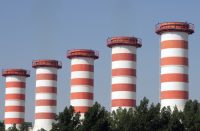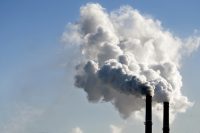Green Infrastructure Collaborative—The Resources
Green Infrastructure Collaborative—The Resources As we saw yesterday, members of the Green Infrastructure Collaborative have made significant commitments to providing a range of practical support and resources designed to advance the implementation of green infrastructure. While many of these commitments involve future actions, several Collaborative members already provide helpful tools, studies, reports, and other valuable […]









